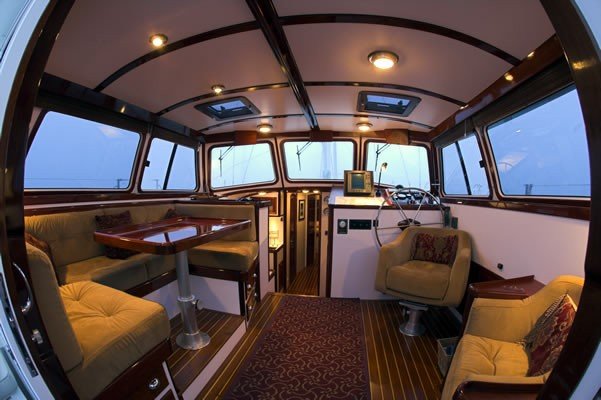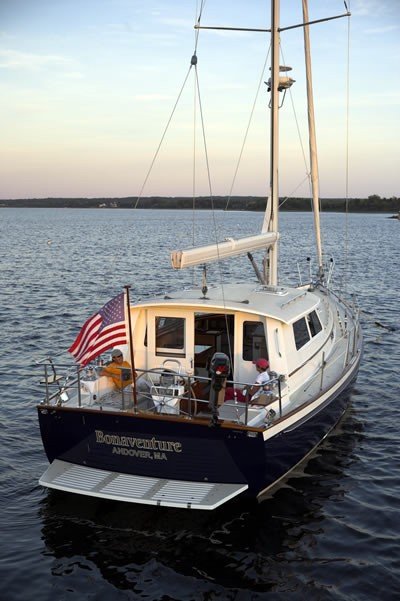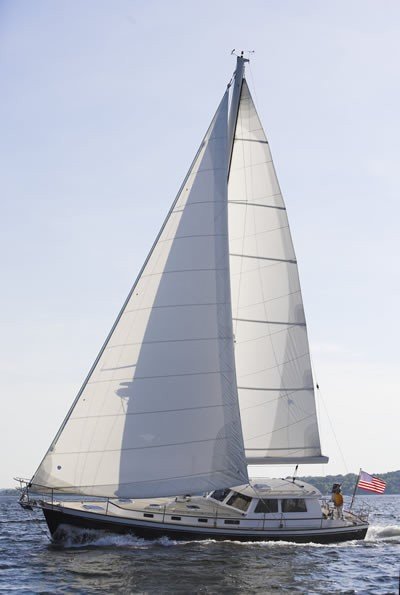Gallardo
Newbie
- Joined
- Nov 18, 2010
- Messages
- 2
Dear trawler enthusiasts
I'm a student in Product Design and I'm working on my final major project: a boat. I would be a great help if you could give your opinion on my project. Thanks in advance.
The idea of this project is based on a few long term trends:
<ul>[*]First of all, the popularity of trawlers and semi-displacement yacht (such as the Azimut Magellano 74) has increased significantly in recent years. Apparently many sailboat owners switch to this type of boats because of their declining physical en mental capabilities. Many (not all) trawler owners are thus elderly people.[*]Secondly, it's very obvious that in the near future the yachting industry will face a green evolution/revolution, like we already know it in the car industry. Hybrid engines, solar cells and more sustainable materials and production processes will be used.[*]Thirdly, people nowadays like to customize and/or personalize their products. It seems we're moving to a more custom made economy.[/list]Taking these trends into account, I want to design a 50 feet ecological, modern cruiser/trawler. A boat for both young and older people, that's suitable for slow cruising in many weather conditions. The interior should be a nice environment where people like to live, not only when the ship is at sea but also when it is docked in a harbour. I want to construct the boat in a way that the interior can be renewed/personalized relatively easy, so that the product life span can be extended.
Do you like the idea? Do trawler owners have other specific needs/wishes? Are there other things I should take into account?
Please let me know! Thanks!
I'm a student in Product Design and I'm working on my final major project: a boat. I would be a great help if you could give your opinion on my project. Thanks in advance.
The idea of this project is based on a few long term trends:
<ul>[*]First of all, the popularity of trawlers and semi-displacement yacht (such as the Azimut Magellano 74) has increased significantly in recent years. Apparently many sailboat owners switch to this type of boats because of their declining physical en mental capabilities. Many (not all) trawler owners are thus elderly people.[*]Secondly, it's very obvious that in the near future the yachting industry will face a green evolution/revolution, like we already know it in the car industry. Hybrid engines, solar cells and more sustainable materials and production processes will be used.[*]Thirdly, people nowadays like to customize and/or personalize their products. It seems we're moving to a more custom made economy.[/list]Taking these trends into account, I want to design a 50 feet ecological, modern cruiser/trawler. A boat for both young and older people, that's suitable for slow cruising in many weather conditions. The interior should be a nice environment where people like to live, not only when the ship is at sea but also when it is docked in a harbour. I want to construct the boat in a way that the interior can be renewed/personalized relatively easy, so that the product life span can be extended.
Do you like the idea? Do trawler owners have other specific needs/wishes? Are there other things I should take into account?
Please let me know! Thanks!





